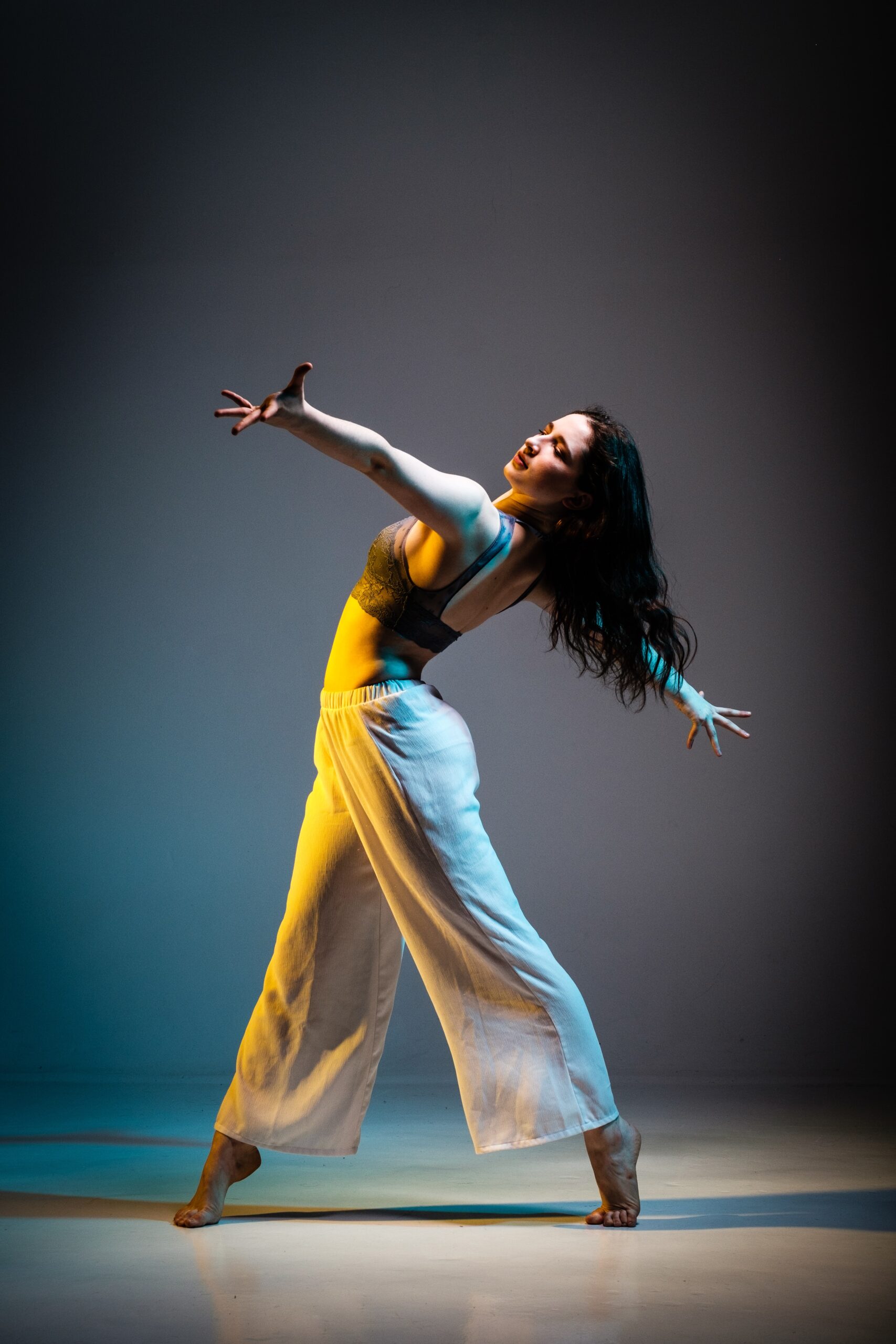Classical music is a genre that encompasses a rich and diverse range of musical compositions created by composers from the 11th to the 21st century. It is characterized by its complexity, structure, and adherence to certain stylistic conventions. While classical music shares some similarities with jazz and popular music, there is a distinct line that sets it apart.
The Characteristics of Classical Music
Classical music is known for its emphasis on instrumental compositions, particularly symphonies, sonatas, concertos, and chamber music. It often features a wide range of instruments, including strings, woodwinds, brass, and percussion, played by orchestras or smaller ensembles.
One of the defining characteristics of classical music is its complexity and formal structure. Composers often adhere to specific forms, such as sonata-allegro, theme and variations, and rondo. These structures provide a framework for the music and contribute to its intellectual and emotional depth.
Classical music also places a strong emphasis on technique and precision. Composers and performers strive for clarity, balance, and control in their execution. This attention to detail is evident in the precise notation and instructions found in classical scores.
Classical music is the fourth most popular genre among all age groups.
What is the history of classical music?
Let’s delve further into the mesmerizing world of classical music, tracing the elaborate musical tapestry woven over hundreds of years. There’s so much to discover, so let’s take a gentle stroll through the timelines of this powerful and influential genre.
We’ll pick up from where it all began – The Middle Ages, from 500 to 1400 AD. In this period, monophonic, religious music of the Roman Catholic Church was widespread, referred to as Gregorian Chant. It was named after Pope Gregory I who is traditionally considered the propagator of this modality, carried by monks around their monasteries.
From 1400 to 1600 AD, classical music ventured into the Renaissance era. This phase ushered in harmoniously layered vocal music that fostered connection with sacred texts, sparking upliftment in listeners’ hearts. A celebrated composer of this era is Josquin des Prez, known for his masterful command of vocal music.
Next up, the Baroque era, from 1600 to 1750 AD. We saw the incorporation of instrumental music and the development of intricate musical forms like fugue and concerto, enriching the genre’s narrative further. Among the notable maestros of this age was Johann Sebastian Bach, a composer you’d widely recognize, with his iconic pieces still echoing in concert halls worldwide.
Let’s journey on to the Classical era, spanning from 1750 to 1820 AD. Here, the music further evolved, and we noted the advent of symphony and sonata forms. Wolfgang Amadeus Mozart and Ludwig van Beethoven, two composers so revered their names are synonymous with classical music itself, dominated this era with compositions that brought about revolutionary changes in the musical schema.
The Romantic era, from 1820 to 1910 AD, was marked by emotive orchestral symphonies, tone poems, ballads, and more, each piece a heart-tugger in unique ways. Johannes Brahms and Pyotr Ilyich Tchaikovsky are highly appreciated composers of this time, their work continuing to wield profound influence on the music that surrounds us.
Finally, let’s touch base with the Contemporary period, dating from 1910 to the present. It’s been an exciting chapter that brought forth a myriad of styles, sometimes blurring the lines between classical and popular music. Renowned figures during this time encompass Igor Stravinsky and Leonard Bernstein, architects of a contemporary sound that defines the classical genre today.
There you have it – a brief overview of the enchanted journey classical music has traveled, from the simplistic resonation of the Gregorian chants to the complex, evocative scores of the modern day. And this journey is not only about a linear progression of style but also about a continuous dialogue between past and present, each era drawing upon its predecessors’ essence, and sowing seeds for the future to flourish.
The Distinction from Jazz
While classical music and jazz share a common root in Western music traditions, they have distinct characteristics that set them apart. Jazz is known for its improvisation, syncopation, and swing rhythms. It often features individual expression and spontaneity, with musicians taking turns to solo and interact with each other.
Classical music, on the other hand, is typically not improvised. Composers meticulously notate their compositions, and performers interpret these written instructions. While there may be room for interpretation within the performance, the overall structure and musical ideas remain fixed.
Another distinction lies in the harmonic language used. Classical music often follows traditional tonal systems, with clear key centers and harmonic progressions. Jazz, on the other hand, frequently incorporates extended harmonies, chord substitutions, and modulations, creating a more harmonically complex and unpredictable sound.
The Distinction from Popular Music
Popular music, which includes genres like rock, pop, and hip-hop, differs from classical music in several ways. Popular music is often characterized by its strong emphasis on vocals and lyrics, with the melody and lyrics being the focal point of the composition.
In contrast, classical music places more emphasis on instrumental compositions, with the melody often shared among different instruments. While classical music may include vocal compositions, they are typically part of larger works, such as operas or choral symphonies.
Popular music also tends to have simpler harmonic structures compared to classical music. It often relies on repetitive chord progressions and simple harmonic patterns that are easily recognizable and accessible to a wide audience. Classical music, on the other hand, explores more complex and varied harmonic progressions.
The Blurring of Boundaries
While there are distinct differences between classical music, jazz, and popular music, it is worth noting that these boundaries have become increasingly blurred over time. Contemporary composers and musicians often draw inspiration from multiple genres, creating hybrid styles that incorporate elements of classical, jazz, and popular music.
For example, composers like George Gershwin and Leonard Bernstein fused elements of classical and jazz in their compositions, creating a unique blend of styles. Similarly, many modern jazz musicians incorporate classical techniques and structures into their improvisations.
Furthermore, collaborations between classical musicians and popular artists have become more common, resulting in crossover projects that blend different genres. These collaborations serve to broaden the appeal of classical music and introduce it to new audiences.
The Use of Classical Music in Film
Have you ever noticed the power of the soundtrack in your favorite movie scenes? You might not realize it, but the dramatic solos of a violin or the commanding tones of a symphonic orchestra can often heighten the emotional content of a scene. Yes, film directors frequently draw on the rich traditions of classical music to tell their stories and enhance cinematic experience. Let’s dive deeper.
The adoption of classical music in film is not a recent phenomenon. In fact, back in the silent film era, live piano or orchestral music played a pivotal role; it filled the room with sound and helped express the emotions that the actors were unable to voice. As films transitioned to the sound era, the importance of music grew.
Many renowned composers like Max Steiner, Bernard Herrmann, and Dmitri Shostakovich turned their talents to the big screen, crafting masterpieces that are cherished till this day. For instance, the haunting strings in Alfred Hitchcock’s ‘Psycho,’ arranged by Bernard Herrmann, are now synonymous with suspense and horror. Dmitri Shostakovich’s works, though less known in the realm of film, brought Soviet cinema to the world stage with their profound depth and evocative power.

Classical music’s broad range of motifs and rich tonal variations allows filmmakers not only to underline key events but also, in some cases, to foreshadow plot twists. Composers use techniques such as leitmotifs (recurring themes associated with a character or idea), developing variations (slight changes in a theme to signify development in the story), and counterpoint (using two or more contrasting melodies simultaneously), all hailing from the classical music tradition.
A perfect example of classical music’s influence is John Williams‘ scores for Star Wars, which owe a significant debt to classical giants like Richard Wagner, Igor Stravinsky, and Gustav Holst. The grandeur and complexity of his arrangements have truly breathed life into George Lucas’ universe and made the saga memorable in the minds of millions.
So next time you watch a film, pay attention to the soundtrack. You might just pick up on a Béla Bartók concerto or a touch of Ludwig van Beethoven’s symphonies woven into the fabric of the story. The use of classical music, with its timeless charm, has undeniably added a fascinating dynamic to the art of cinema.
The Importance of Appreciating Diversity
While the distinctions between classical music, jazz, and popular music are useful for understanding their unique characteristics, it is essential to appreciate the diversity and richness of each genre. Each genre offers its own unique listening experience and artistic expression.
By exploring and embracing the nuances of classical music, jazz, and popular music, we can develop a deeper understanding and appreciation for the vast world of music that exists today.


